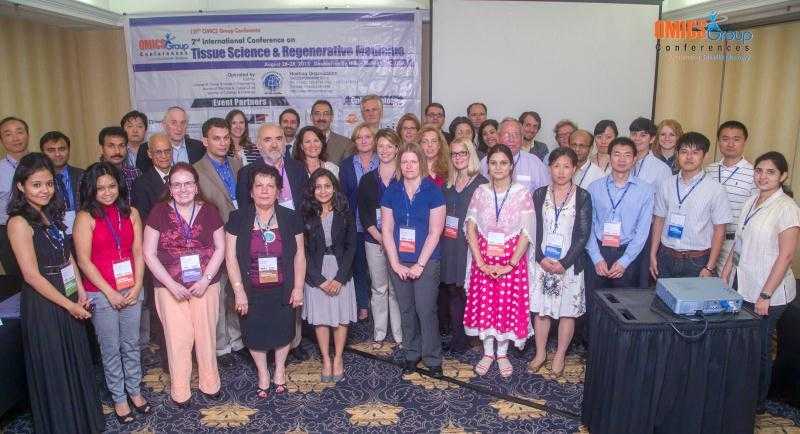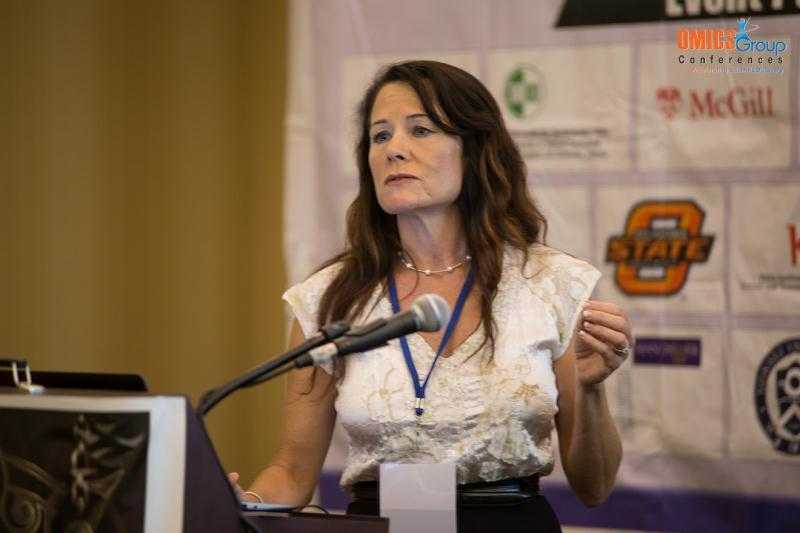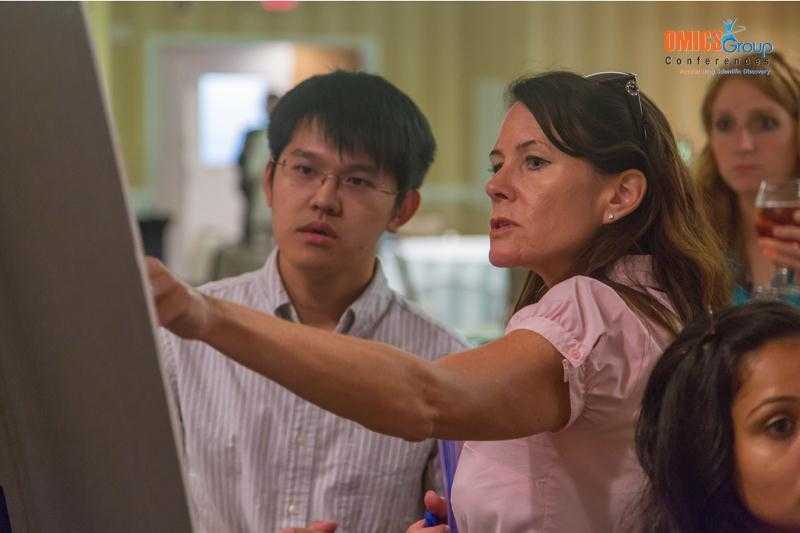
Elizabeth G Loboa
NC State University, USA
Title: Biomimetic forces and fibers to regulate human stem cell fate for functional tissue engineering and regenerative medicine applications
Biography
Elizabeth G. Loboa received her M.S. and Ph.D. in Biomechanical Engineering and Mechanical Engineering, respectively, from Stanford University. She is an author on over 50 peer-reviewed journal articles, 6 book chapters, and approximately 175 peer-reviewed conference proceedings. She is the Associate Chair and an Associate Professor in the Joint Department of Biomedical Engineering at UNC-Chapel Hill and NC State University, an Associate Professor of Materials Science and Engineering at NC State University, and the Founding Director of the Cell Mechanics Laboratory (http://www.bme.ncsu.edu/labs/cml). She is a recipient of the Ralph E. Powe Junior Faculty Award (2005), Sigma Xi Faculty Research Award (2009), UK-US Stem Cell Collaboration Development Award (2009), Stanford University Distinguished Alumni Scholar Award (2010), the NCSU Chancellor's Innovation Award (2011), and the NCSU Faculty Scholar Award (2012).
Abstract
Functional tissue engineering uses physical stimulation to direct cell populations to produce tissue with anatomically and physiologically correct structures and with material properties similar to native tissue. Adipose-derived stem cells (ASC) are a particularly promising cell source for functional tissue engineering applications due to their multilineage differentiation potential and their abundance and ease of harvest relative to many other cell types. However, mechanobiological understanding of human ASC (hASC) is still emerging and many questions remain to be answered. Approaches and mechanisms associated with physical stimuli-induced hASC lineage specification and functional tissue formation comprise an increasingly active area of investigation and much remains to be learned. A primary objective of the Loboa lab is to understand and elucidate the role of physical stimuli on the mechanobiology of hASC and to optimize these effects for functional tissue engineering using hASC. Both computational and empirical approaches are utilized in our investigations of hASC mechanobiology for tissue regeneration. Methods include: 1) application of external physical stimuli via use of custom bioreactor systems that mimic in vivo physical stimuli; 2) finite element analyses of cell-seeded constructs exposed to mechanical load to determine local stresses and strains associated with global strain applications; 3) investigations of mechanotransduction mechanisms associated with hASC response to physical stimuli; and 4) creation of biomimetic 3D scaffolds to induce hASC proliferation and controlled differentiation.
Speaker Presentations
Speaker PDFs






